What's the Difference Between Isolation Gown Levels?
When it comes to personal protective equipment or PPE, it's essential to get the right equipment for your circumstances. A critical component of an effective PPE strategy is an isolation gown, which is designed to prevent cross-contamination and protect the wearer's skin and clothing from infectious liquids and solids.
The Four Levels of Protection
Isolation gowns are referred to by the four levels of protection available, and it can be somewhat confusing to know which isolation gown is right for your needs. The FDA recognizes guidelines from the American National Standards Institute/Association of the Advancement of Medical Instrumentation (ANSI/AAMI) PB70:2003, which specify tests and results necessary to verify and validate that gowns provide specific levels of protection. To help simplify things, we've outlined the four standardized levels of protection available, based on FDA guidelines, so you know exactly which level is necessary to keep your workplace safe for everyone.
So what's the difference between the four levels of protection offered by isolation gowns? Level 1 vs Level 2? Level 2 vs Level 3? Level 3 vs Level 4?
Level 1
Gowns offering level 1 protection provide minimal protection and tend to be used in general hospital circumstances or when medical and healthcare workers are offering just basic care and don't require sterile gowns. These gowns provide a slight barrier against fluids but aren't suitable for blood draws, ICUs, or pathology labs.
Level 2
Isolation gowns with level 2 protection are ideal for low-risk circumstances like blood draws from veins or work in pathology labs and ICUs and don't require sterile gowns. Level 2 gowns are tested by pressurizing the material used to make the gowns and by impacting the gowns with water. These gowns can block more fluid than level 1 gowns and are effective against fluid penetration that might occur through splatter or soaking.
Level 3
Gowns with level 3 protection are ideal for moderate risk scenarios such as blood draws from arteries, inserting IVs, and ER or trauma work which require sterile gowns and equipment. These gowns are also effective against splatters and soaking. The same tests used for level 2 gowns are used to test the efficacy of level 3 gowns.
Additional reading:Applications of Ultrasound Machines
Functionality of the Knee Joint
Citicoline: Super Brain Power for Kids!
Choosing the Right Orthotic Knee Joint for Your Needs
How Does Citicoline Sodium Help Our Brain?
Praziquantel: A Magic Medicine for Worms!
Eprinomectin: A Magical Medicine for Animals
Level 4
Level 4 gowns offer the highest level of protection available and are used for all high-risk circumstances (e.g. during surgery in an operating room that requires sterile equipment). These heavy-duty gowns can prevent fluid and virus penetration for up to an hour. These gowns are tested by subjecting them to simulated blood containing a virus. If at the end of the test the virus didn't penetrate the gown, then the gown can be designated as level 4. These gowns offer pathogen resistance, protection against non-airborne diseases, and work as a barrier to large amounts of fluids for extended periods of time.
How to Pick the Right Isolation Gown to Limit COVID-19 Exposure
According to the CDC's COVID-19 resources, selecting the correct level of isolation gown depends on the protection needed for the circumstances. For patients with suspected or confirmed cases of COVID-19, non-sterile, disposable patient isolation gowns, which are used for routine patient care in healthcare settings, are appropriate. For healthcare professionals engaging in activities where the risk of bodily fluid exposure is low or minimal, gowns that claim minimal or low levels of barrier protection (ANSI/AAMI PB70 Level 1 or 2) can be used. For situations where medium to high risk of contamination and a need for a large critical zone, isolation gowns that claim moderate to high barrier protection (ANSI/AAMI PB70 Level 3 or 4) can be used.
Match Your isolation Gown Level to the Circumstances
Especially during a global pandemic like COVID-19, it's essential to have a successful PPE strategy in place. Isolation gowns are critical to keeping employees, medical personnel, patients, and the community safe, especially from infectious liquids. But while iso gowns offer essential protection, it can be difficult to know which level of protection you might need from a gown. Be sure to match the ANSI/AAMI level to the circumstances when sourcing isolation gowns.
ㆍLevel 1 or Level 2 – generally non-sterile and can be used for COVID-19 patients or when the risk of bodily fluid exposure is low
ㆍLevel 3 or Level 4 – generally sterile and for use in healthcare scenarios when there is a medium to high risk of contamination via bodily fluids such as surgical settings and are usually allocated for operating rooms
HUABAO offers Non-woven and PE Composited Isolation Gowns. If you are interested in our products, please contact us now!
Additional reading:Disposable Masks: Protecting You and Others!
Disposable Nitrile Gloves: Keeping Your Hands Clean and Safe!
Protective Disposable Medical Gowns: Stay Safe and Protected!
Covid Antigen Rapid Detection Kit: A Superhero That Fights Against the Germ Monsters!
Glass Luer Lock Syringe: Your Friendly Tool for Medical Magic!
Empty Gelatin Capsules: The Little Helpers for Your Medicines
Features and Components of Disposable Medical Protective Clothing
Related Articles



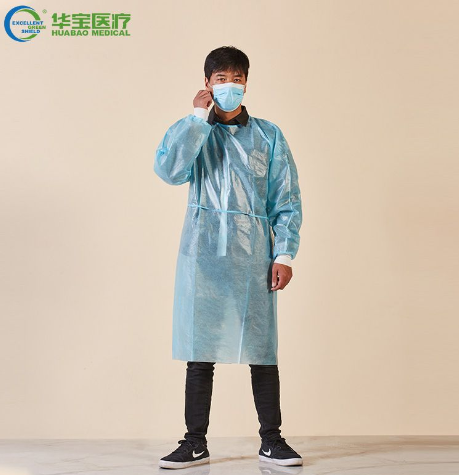
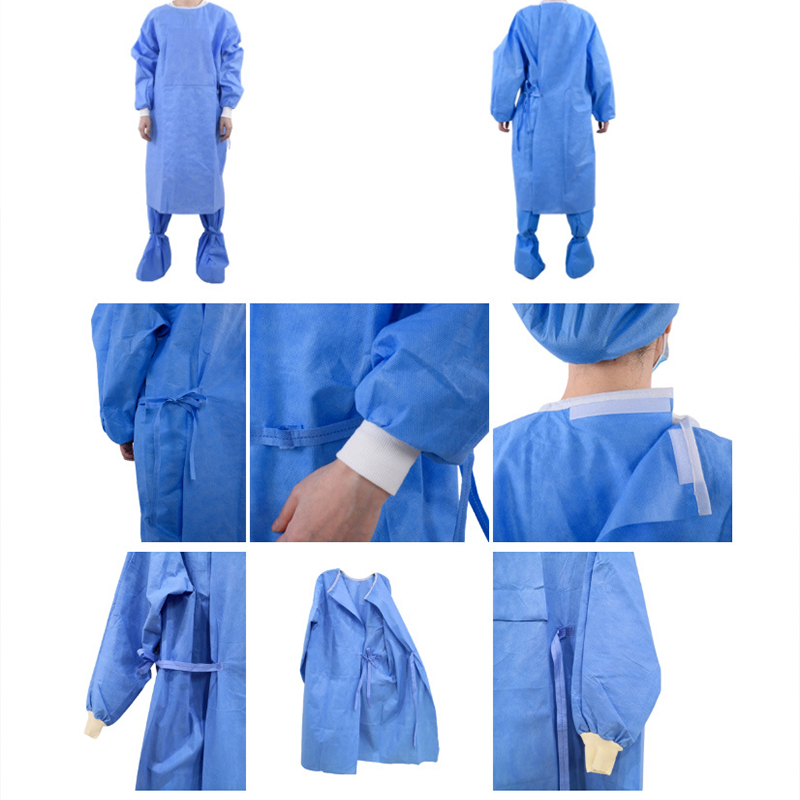
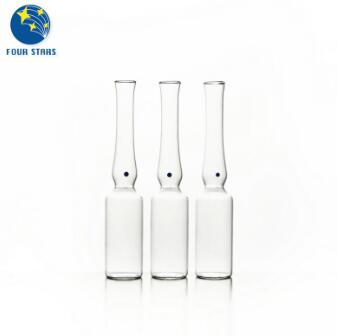
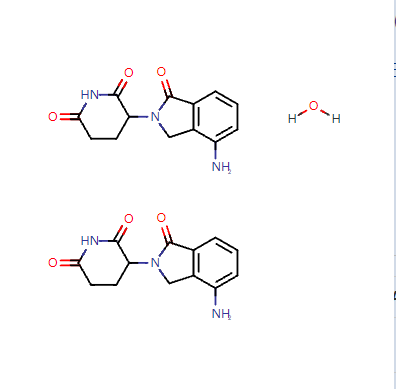
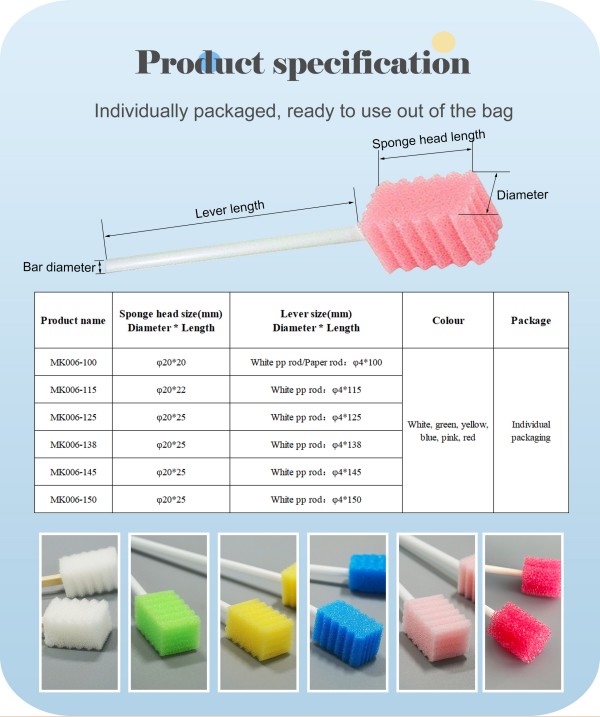

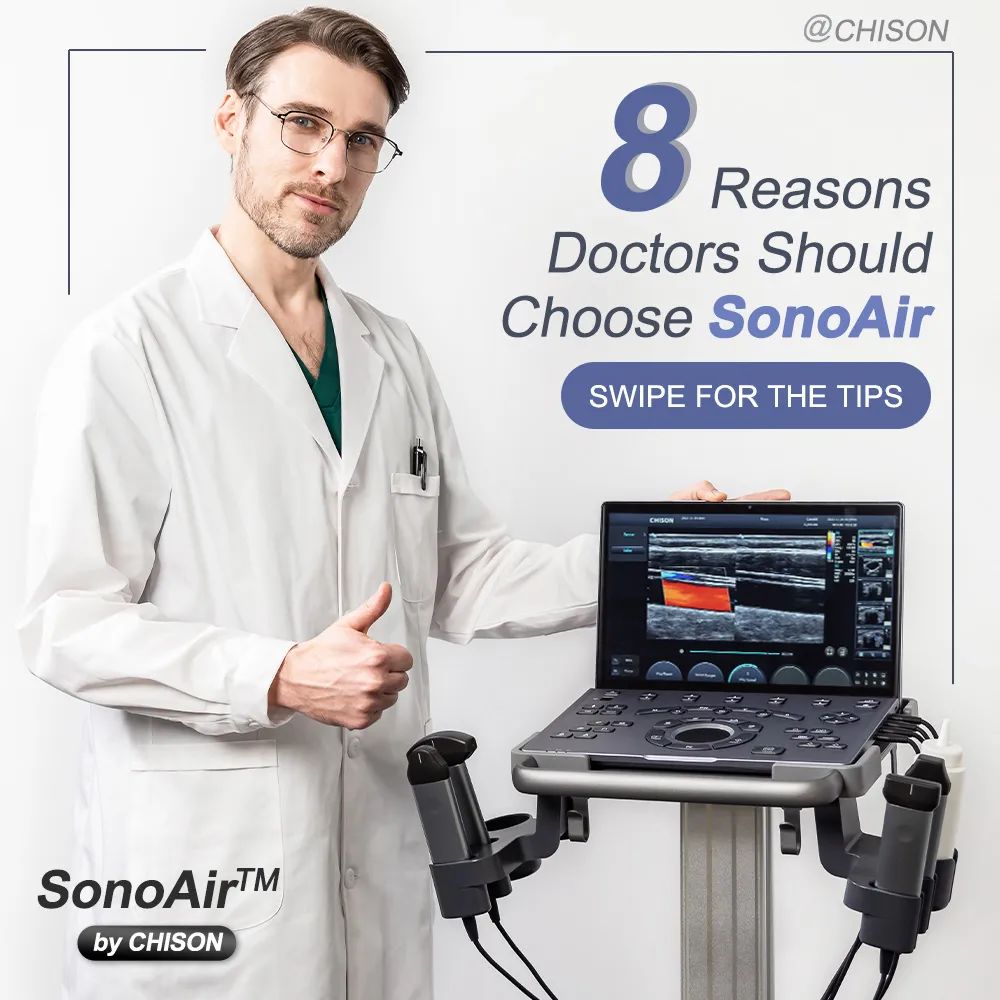

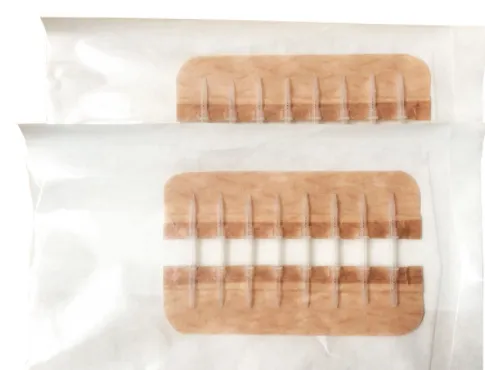
Comments
0